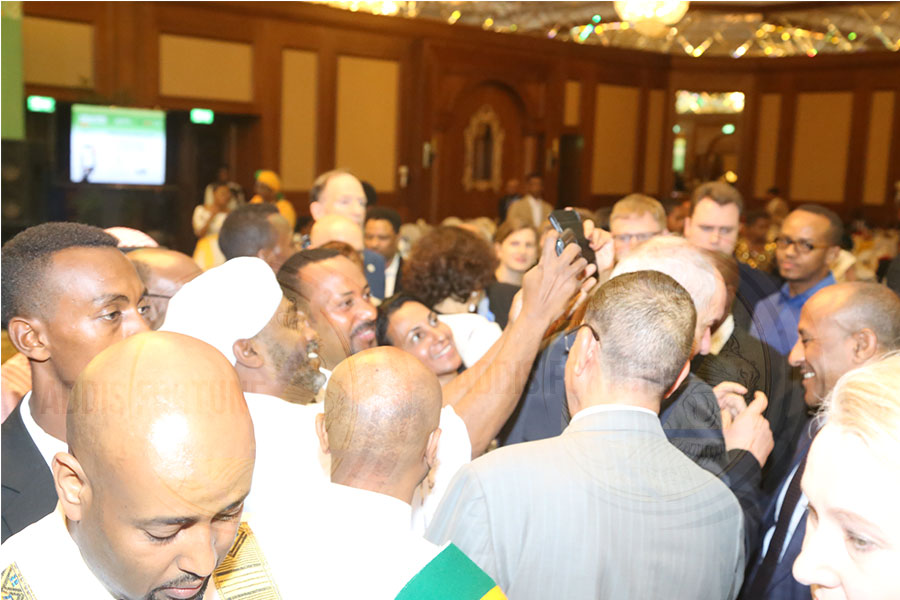
Photo Gallery | 157152 Views | May 06,2019
Jul 27 , 2025. By RUTH BERHANU ( FORTUNE STAFF WRITER )
As Addis Abeba ushers in this year’s rainy season, city officials have committed to planting 4.2 million seedlings across the capital, a far cry from last year’s 26 million. Although the scale has narrowed, ambition remains unchanged. In what city officials describe as a bold shift, all seedlings will now be sourced directly from municipal nurseries, cutting out the hundreds of small-scale vendors that have been supplying institutions under the federal Green Legacy Initiative.
This change, mandated by a directive issued by the Addis Abeba finance bureau on June 11, 2025, is more than bureaucratic reshuffling. It marks a shift in how city authorities interpret efficiency, quality, and fiscal responsibility, especially at a time when Addis Abeba, for the first time, is compelled to run its operations without federal subsidies, managing a record 350 billion Br budget solely from internal revenue.
According to Abdulkadir Redwan, head of the Bureau,"Now, all requirements will be fulfilled centrally, making better use of public funds."
“All seedlings are prepared locally,” he told Fortune. "The seedlings will be distributed based on staff size, five seedlings per employee, with no financial burden to institutions."
The Addis Abeba Finance Bureau welcomes this centralised approach, having long complained of inefficiencies in previous procurement methods.
"Some institutions paid up to 500 Br a seedling," said Girma Seifu Head of Urban Beautification and Green Development Bureau. The city’s 11 nursery stations are fully equipped to supply the required saplings.
Previously, his Bureau spent roughly 120 Br for a seedling, excluding additional costs such as transportation, labour, and site preparation. Officials anticipate substantial savings under the new system.
However, the policy change has created an immediate test for small-scale seedling vendors who heavily depend on sales to government institutions.
Ibrahim Mohammed, a vendor from the Cherkos area, is among those struggling this year. He sold around 200 seedlings last year to branches of the Commercial Bank of Ethiopia (CBE) at approximately 50 Br each.
"This year, I haven't sold a single seedling to any government office," Ibrahim told Fortune. "Transport costs rose to 6,000 Br. Without institutional buyers, recovering our investment will be tough."
Nearby, another vendor, Abdela Hussen, shared similar concerns. Last year, he supplied the Kirkos District office with 500 seedlings, priced around 100 Br each. Now, with prices up to 150 Br due to rising costs and no government sales, he faces large losses.
"Transport from Debre Zeyit [Bishoftu] alone costs 8,000 Br," Abdela lamented. "This season has been very challenging."
Experts recognise the fiscal rationale behind centralised procurement but warn of potential unintended consequences.
Yitebitu Moges (PhD), who coordinates the UNDP's Reducing Emissions from Deforestation & Forest Degradation (REDD+) program, supports improved oversight but advocates for a hybrid model that incorporates private vendors.
"These vendors are micro-entrepreneurs," said Yitebitu. "Without their participation, their livelihoods are at risk. Let the Bureau focus on native, strategic seedlings needed for river restoration or erosion control. Let private vendors handle speciality plants."
He recommends establishing designated markets or extending credit services to support affected vendors.
City authorities are determined to use the planting drive to boost Addis Abeba’s urban forest coverage from the current 22pc to 30pc. The focus this year will be on ecologically sensitive areas, such as riverbanks, with the intention of not only restoring the environment but also reducing flood risks and curbing informal settlements.
"We’re now prioritising quality over quantity," Girma told Fortune. “This year’s planting target is significantly lower than the 26 million seedlings planted last year due to shrinking open spaces.”
Beyond environmental and financial savings, city officials are beginning to explore the potential of tapping into carbon credit markets.
Semaw Asmare, an environmental consultant and PhD candidate at Addis Abeba University, believes that the city's greening initiative could form the basis for generating future revenue through carbon credits. One tonne of carbon equals one carbon credit.
“These credits can sell for as little as three dollars each," said Semaw.
To date, Ethiopia has already issued over 1.6 million carbon credits through existing Clean Development Mechanism (CDM) and Voluntary Carbon Market (VCM) standards. The amount of carbon captured by trees varies based on species, climate, and geography.
According to Semaw, trees in cooler areas absorb between five and 10Kgs of CO2 annually, while those in hotter regions can capture up to 22Kgs a year. The Ethiopian Agriculture Authority estimates that approximately 80pc to 85pc of planted seedlings typically survive, sequestering carbon for two to three decades.
Semaw believes effective management is key to unlocking long-term environmental and financial gains from carbon markets. However, he cautioned that the voluntary nature of these markets, largely dependent on donor goodwill, currently limits their stability and revenue potential.
This viewpoint confirms the findings from the 2023 Eastern Africa Alliance on Carbon Markets & Climate Finance report. The report revealed that although Ethiopia actively pursues carbon market participation, achieving its broader climate targets will require around 316 billion dollars over the next decade. Approximately 80pc of this funding should come from international support.
A 2025 EY Centre for Climate Policy report predicts considerable growth in voluntary carbon markets, but also states persistent challenges around verifying the authenticity of carbon credits and avoiding "greenwashing."
Yet, Semaw believes that as carbon markets mature and if robust verification processes are implemented, Ethiopia stands to benefit significantly.
City officials, such as Girma, acknowledge the ongoing challenges, particularly in accurately tracking seedling survival rates. Although approximately 85 million seedlings have already been planted citywide under various programs, monitoring their progress remains difficult. Girma’s Bureau states that it is actively working to improve monitoring systems by deploying internal auditors to closely supervise compliance.
For Abdulkadir, the greening initiative is more than simply planting trees. He views it as part of a broader vision that encompasses smart urban development, reduced vulnerability to climate shocks, improved air quality, and enhanced resilience.
Despite ambitious goals, experts remain cautious. According to Semaw, the true success of Addis Abeba’s initiative will be judged not by the number of seedlings planted but by how many thrive.
"If the trees survive," he said, "carbon credit markets and ecological benefits could follow. If they die, it will have been just another wasted rainy season."
PUBLISHED ON
Jul 27,2025 [ VOL
26 , NO
1317]

Photo Gallery | 157152 Views | May 06,2019

Photo Gallery | 147440 Views | Apr 26,2019
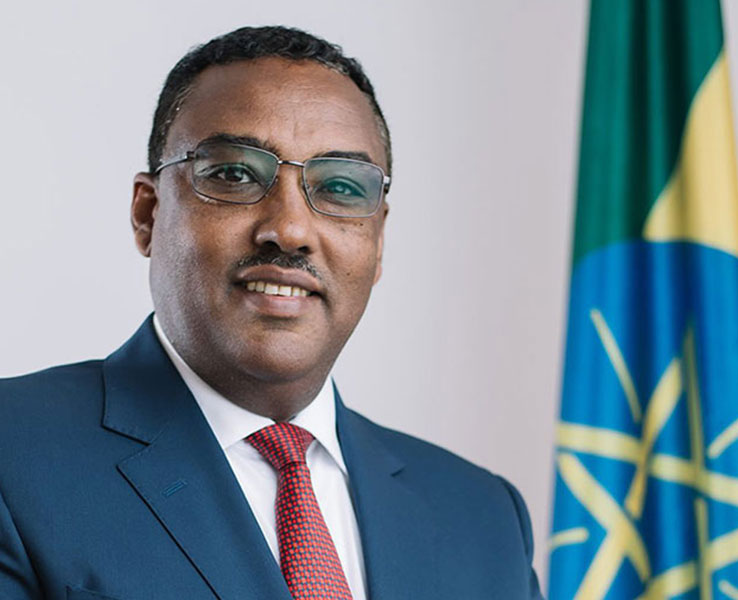
Photo Gallery | 136023 Views | Oct 06,2021

My Opinion | 135300 Views | Aug 14,2021
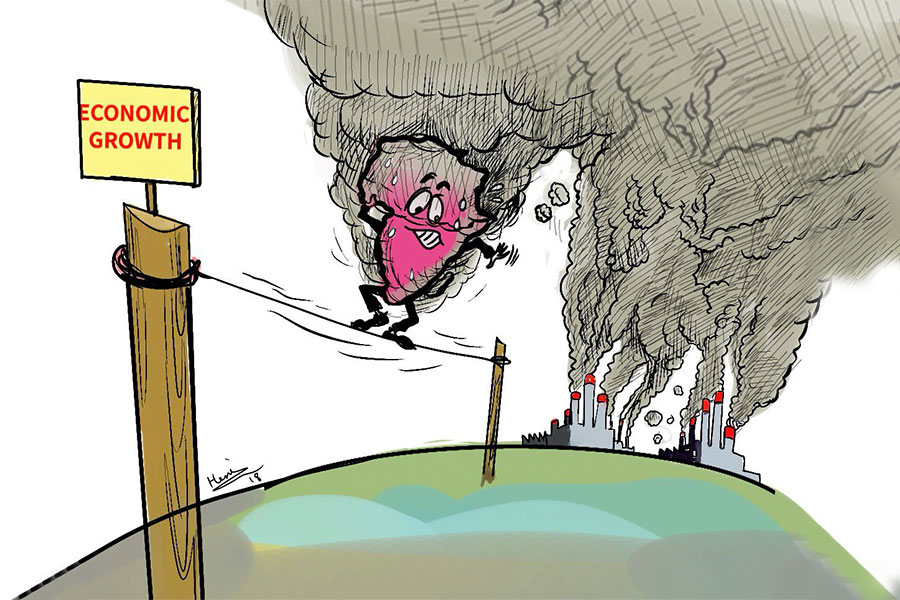
Sep 13 , 2025
At its launch in Nairobi two years ago, the Africa Climate Summit was billed as the f...
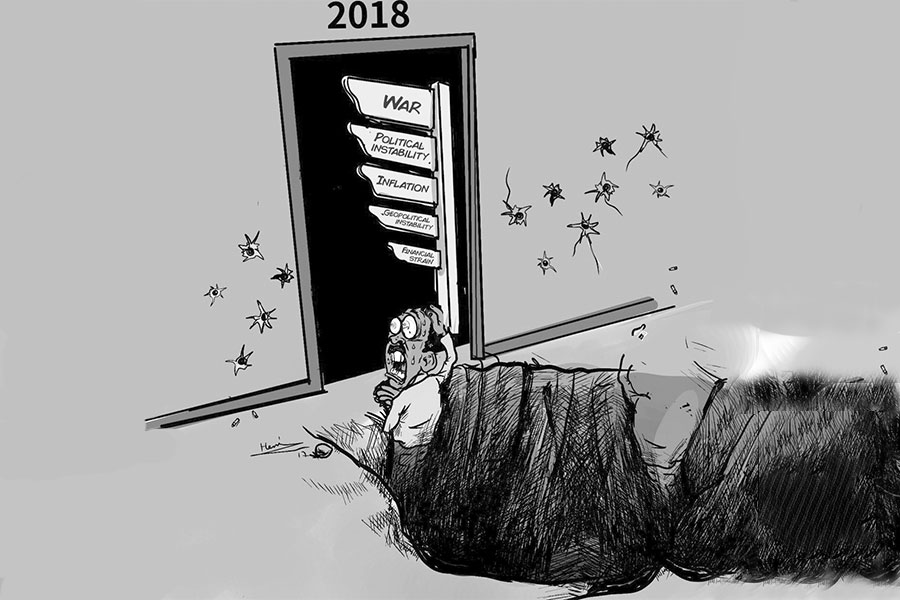
Sep 6 , 2025
The dawn of a new year is more than a simple turning of the calendar. It is a moment...

Aug 30 , 2025
For Germans, Otto von Bismarck is first remembered as the architect of a unified nati...
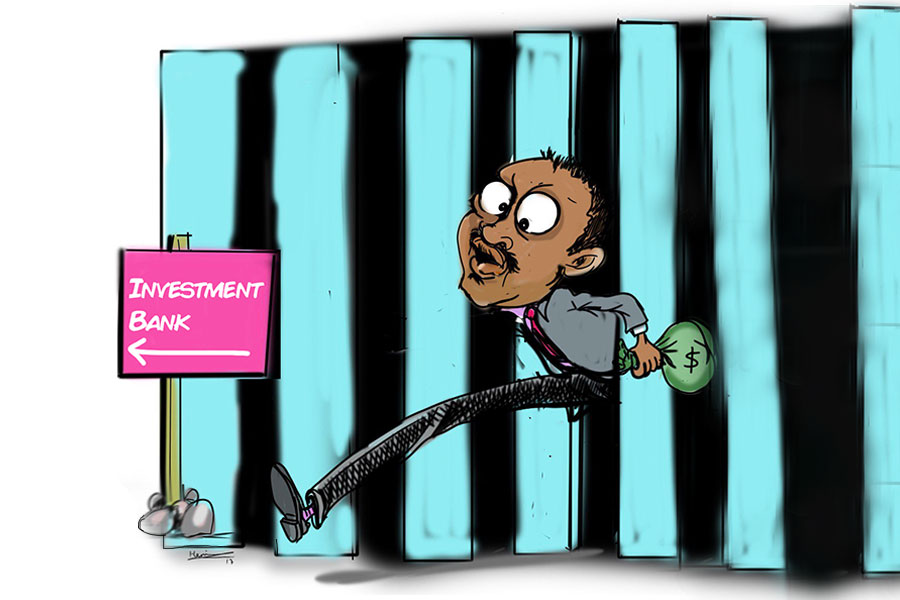
Aug 23 , 2025
Banks have a new obsession. After decades chasing deposits and, more recently, digita...